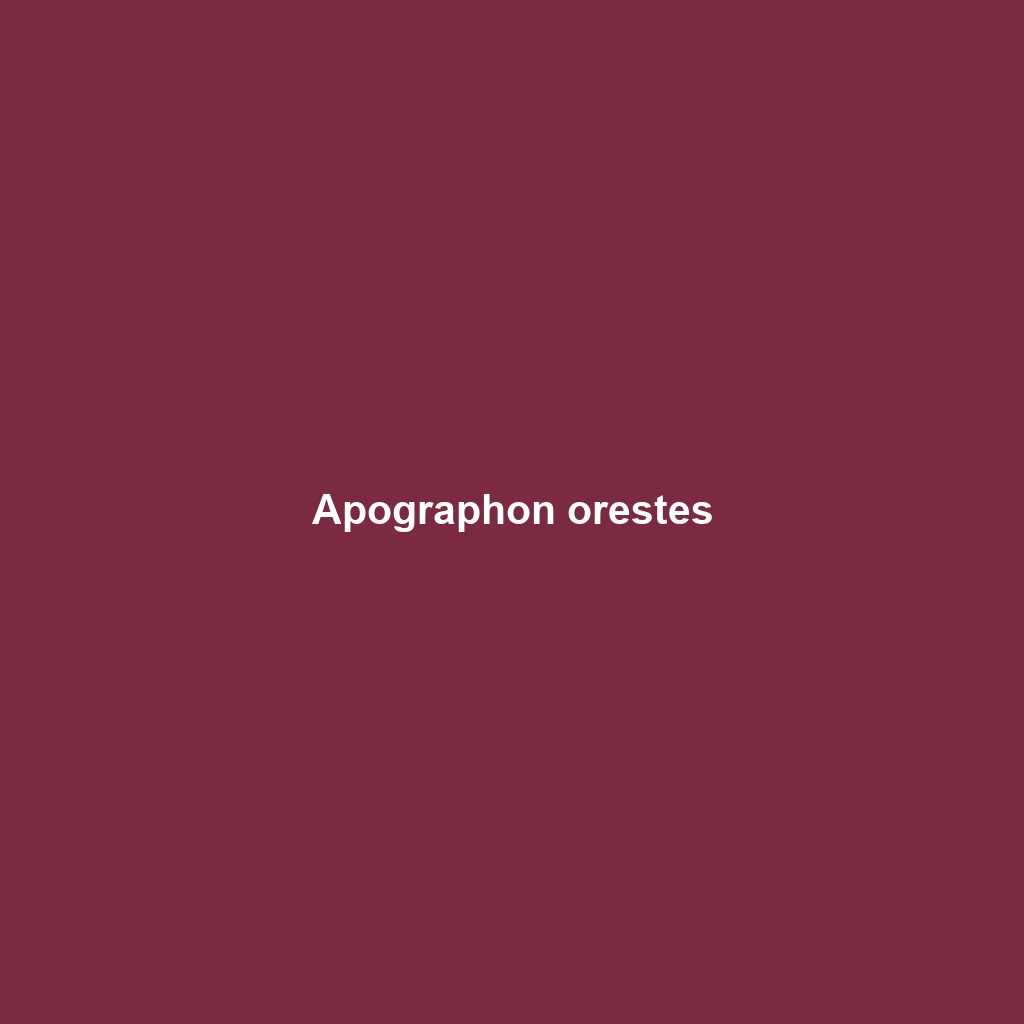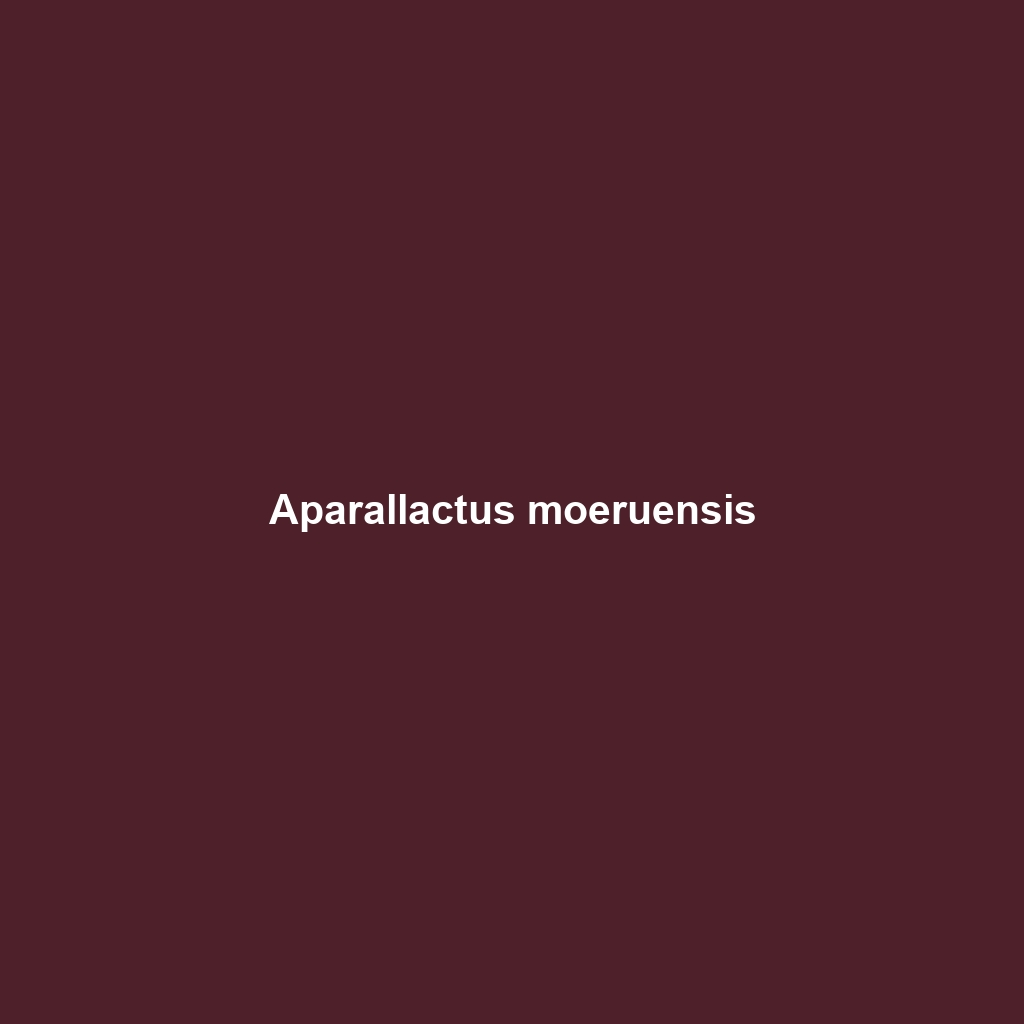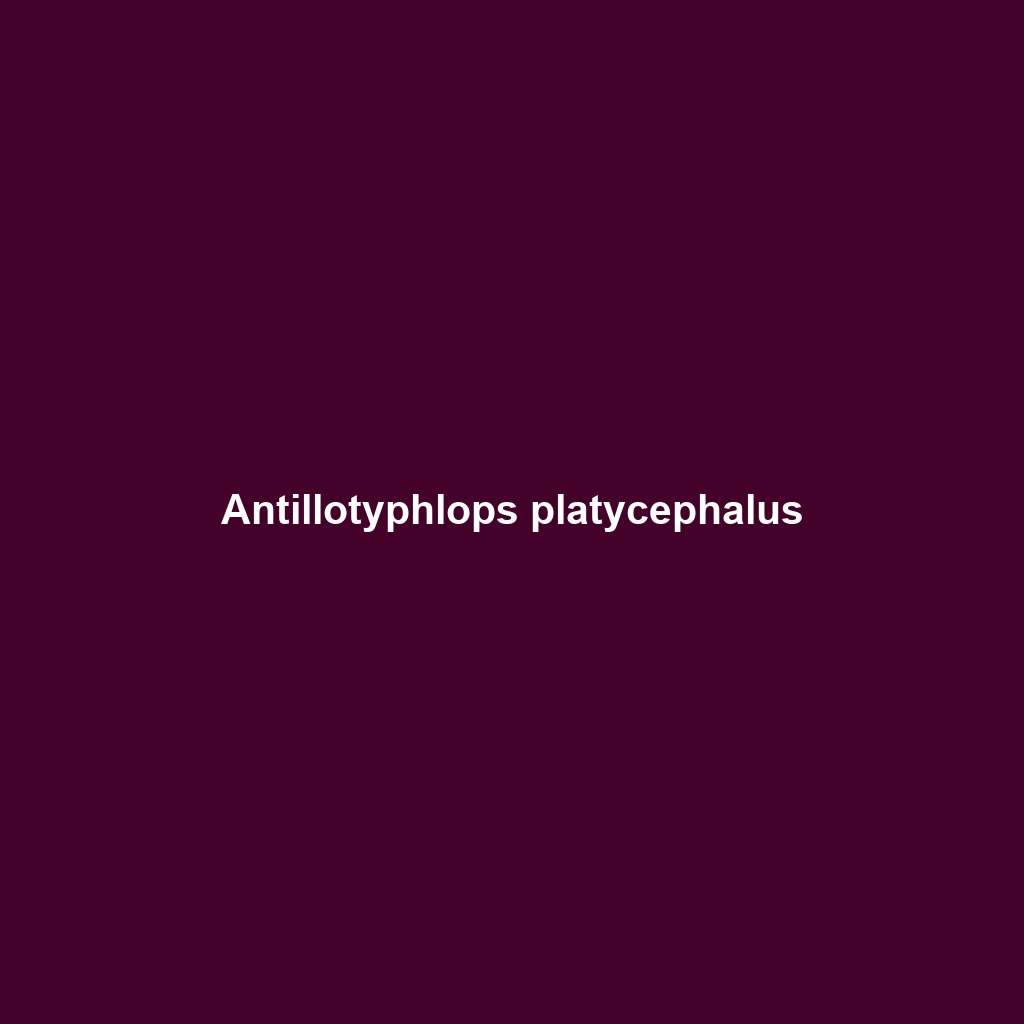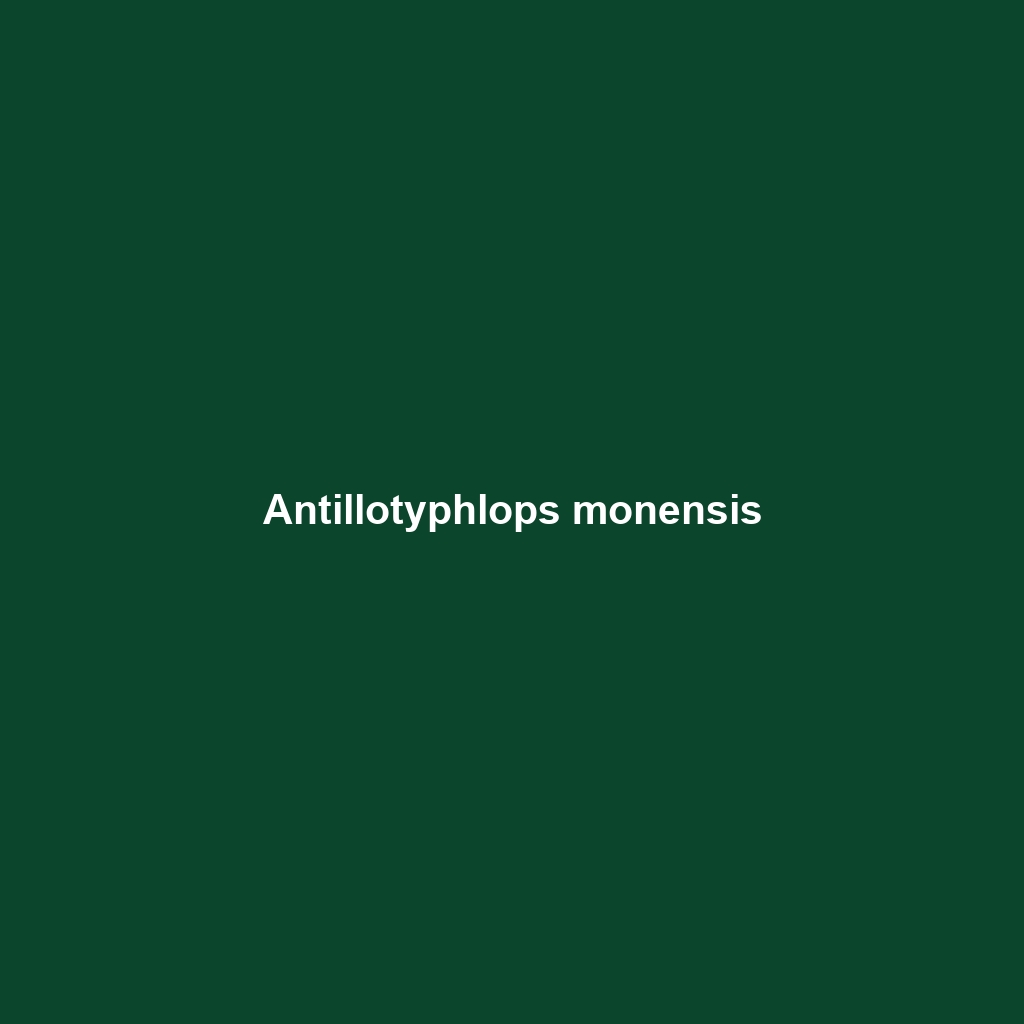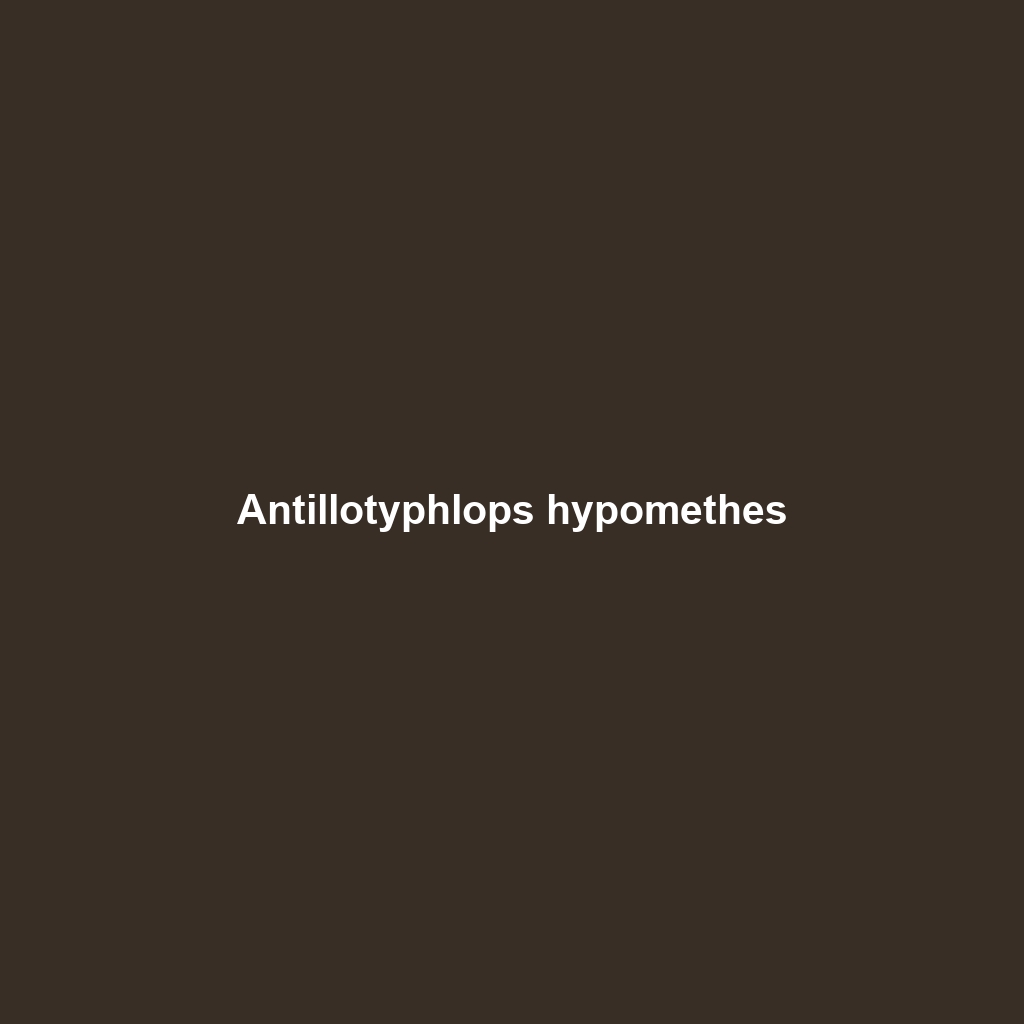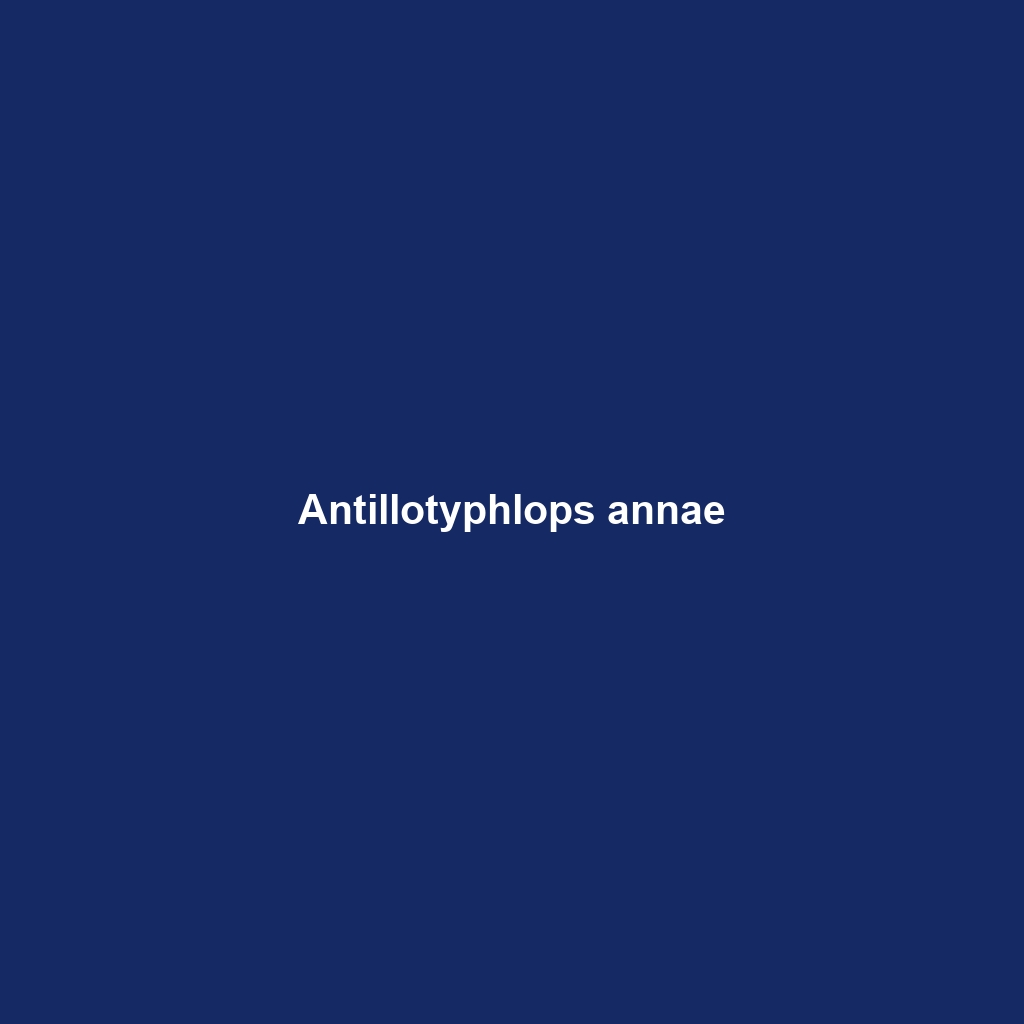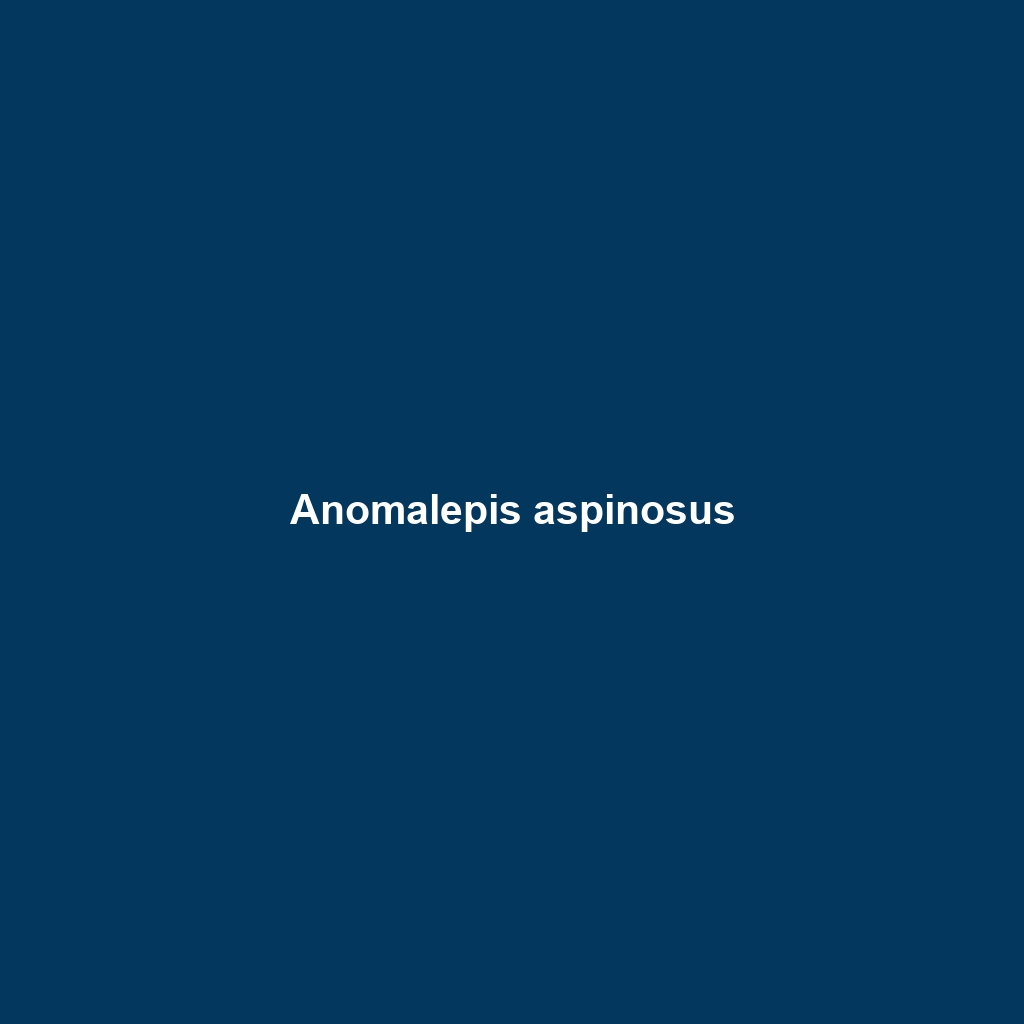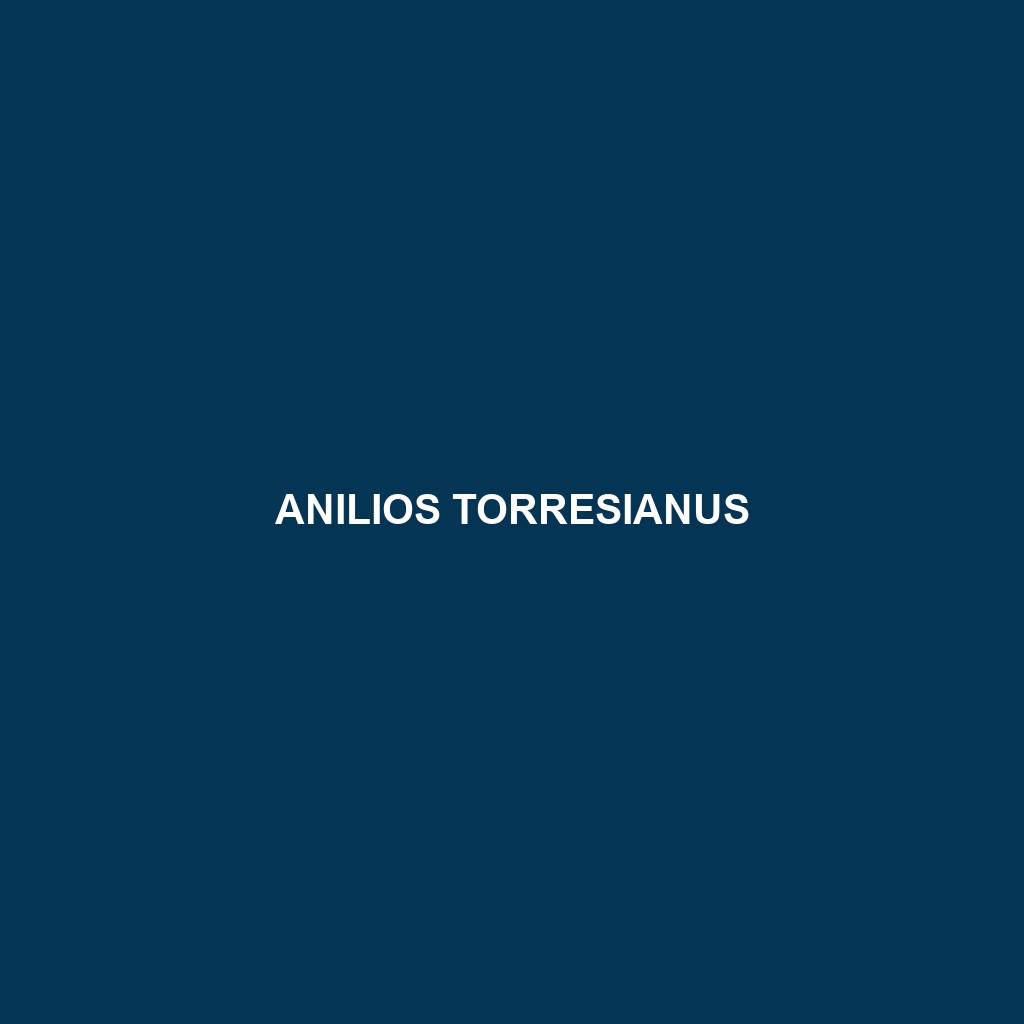Discover the intriguing Apostolepis adhara, a medium-sized snake native to the humid forests of South America, particularly Brazil. Known for its distinctive dark scales with lighter bands, this elusive and nocturnal species plays a vital role in controlling insect populations while exhibiting exceptional camouflage to evade predators.
Tag: snake physical characteristics.
Aparallactus moeruensis
<h2>Aparallactus moeruensis</h2> <p>Discover the Aparallactus moeruensis, a nocturnal snake native to central and southern Africa, characterized by its slender, muted brown or olive body, pointed head, and distinctive bands. This species is an agile predator, primarily feeding on small mammals and lizards, and plays a vital role in maintaining ecological balance in its savannah and forest edge habitats.</p>
Antillotyphlops platycephalus
Discover the Antillotyphlops platycephalus, or Antillean worm snake, a non-venomous species found in the Caribbean, known for its flattened shape, secretive fossorial behavior, and diet of small invertebrates. This ‘Vulnerable’ species plays a crucial role in maintaining soil health and nutrient cycling in its forested habitats.
Antillotyphlops monensis
Discover the unique Antillotyphlops monensis, a vulnerable blind snake from Puerto Rico, thriving in moist, tropical habitats. This small, fossorial species plays a crucial role in the ecosystem by regulating insect populations and showcasing fascinating reproductive behaviors.
Antillotyphlops hypomethes
Discover the Antillean blind snake (<i>Antillotyphlops hypomethes</i>), a small, fossorial species native to the Caribbean islands, known for its distinctive smooth, cylindrical body and secretive behavior. This Vulnerable species thrives in moist, forested environments, primarily feeding on soft-bodied invertebrates while aiding in soil aeration and nutrient cycling.
Antillotyphlops annae
Antillotyphlops annae, commonly known as the Antillean blind snake, is a small, fossorial species found in the moist tropical habitats of Puerto Rico and Saint Kitts. This secretive snake plays a vital ecological role by preying on ants and termites while thriving in diverse environments, including urban areas.
Anomalepis aspinosus
The Anomalepis aspinosus, commonly found in the tropical regions of Central America, features a svelte body measuring 15 to 20 centimeters with a striking pattern of brown, black, and yellow hues. This nocturnal snake primarily feeds on invertebrates, playing a vital role in its ecosystem by controlling insect populations.
Anilios yirrikalae
Discover the Yirrikala Blind Snake (Anilios yirrikalae), a slender, non-venomous species native to the tropical forests of northern Australia, known for its distinctive dark brown to black coloration and fossorial lifestyle. This vulnerable species plays a crucial role in its ecosystem by aerating soil and regulating invertebrate populations.
Anilios vagurima
Discover the Anilios vagurima, also known as the vagurima blind snake, a slender, fossorial species native to the rainforests of northeastern Queensland, Australia. Measuring 30 to 50 cm in length, this elusive snake thrives underground, feeding on small invertebrates while playing a crucial role in maintaining soil health and biodiversity.
Anilios torresianus
The Torresian blind snake (Anilios torresianus) is a non-venomous, fossorial species commonly found in the moist environments of northeastern Australia and New Guinea, characterized by its smooth, elongated body, primarily feeding on small invertebrates like ants and termites. Known for its gentle demeanor and nocturnal behavior, it plays a crucial role in regulating insect populations within its ecosystem.
